
Hyundai Verna Fares Miserably In Latin NCAP
- Dec 16, 2021
- Views : 3981

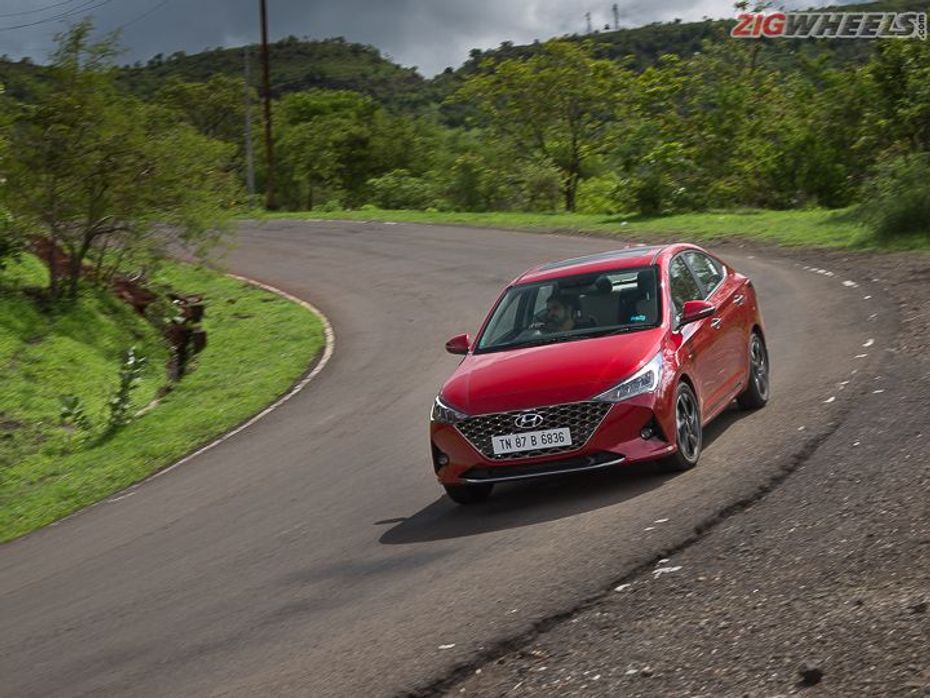
The Hyundai Verna already boasts a decent in-cabin experience, an extensive feature list, and adequate space for four people. It’s also got a couple of petrol engines and automatic options to play with. But which of the two is the ideal choice, really?
We pit the Verna’s 1.5-litre naturally aspirated petrol (paired with a CVT automatic) against the 1-litre turbo-petrol engine (with a 7-speed DCT) to find out which one’s the better option, both in performance and fuel efficiency.
Spec Check
|
1.5-litre N.A Petrol |
1-litre turbo-petrol |
|
|
Power |
115PS |
120PS |
|
Torque |
144Nm |
172Nm |
|
Transmission |
CVT |
7-speed DCT |
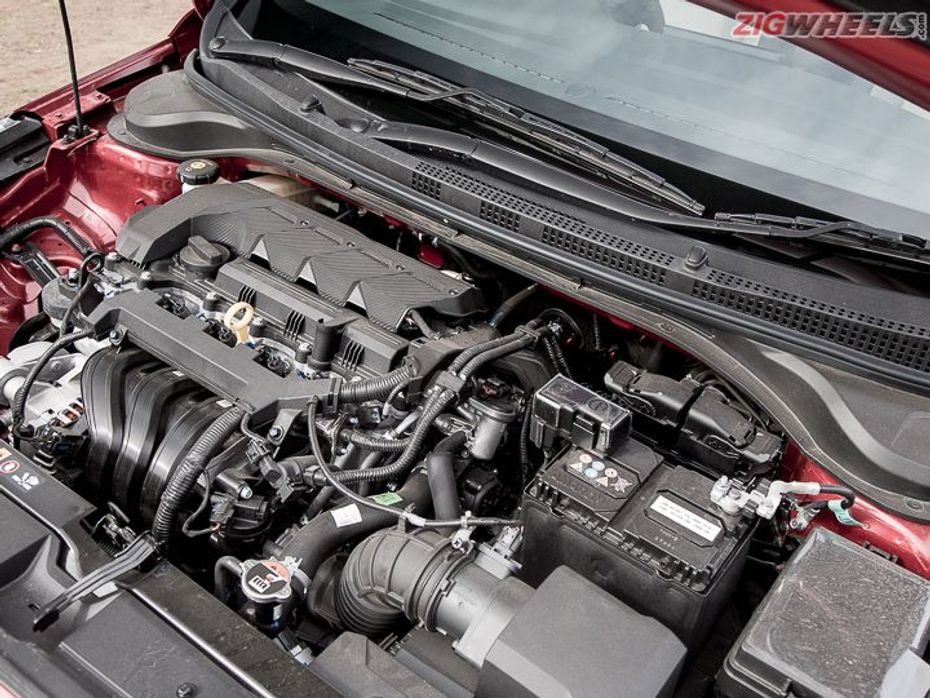
On paper, the difference in grunt isn’t much; the 1-litre turbo-petrol delivers 5PS more than the 1.5-litre naturally aspirated mill. Also, the former is a good 28Nm torquier than the latter. So how do these differences translate to the real world?
Performance Runs
|
|
1.5-litre N.A Petrol CVT |
1-litre turbo-petrol DCT |
|
0-100kmph |
12.57 seconds |
12.03 seconds |
|
Kickdown (20-80kmph) |
7.21 seconds |
7.78 seconds |
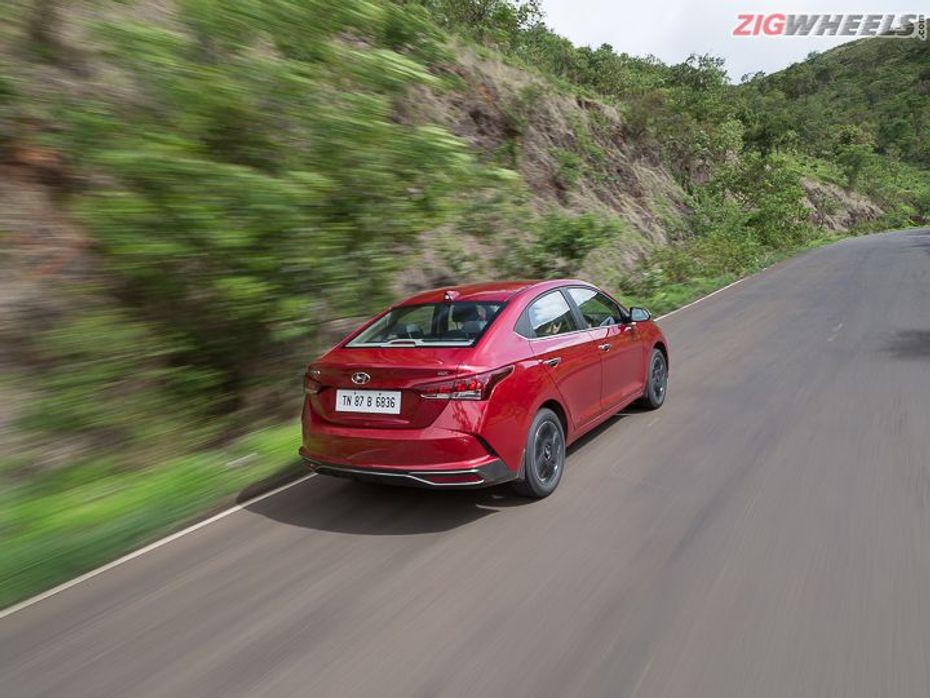
Here’s where things get really interesting. In the 0-100kmph sprint, the 1-litre turbo engine’s additional grunt (combined with the DCT) came out on top by a whisker. But in the 20-80kmph kick-down acceleration, the advantage swung to the 1.5-litre naturally aspirated mill (with the CVT), which did the job in 7.21 seconds as against the turbo-petrol’s 7.78 seconds.
Fuel Economy
|
1.5-litre N.A Petrol CVT |
1-litre turbo-petrol DCT |
|
|
City |
NA |
12.25kmpl |
|
Highway |
NA |
18.04kmpl |
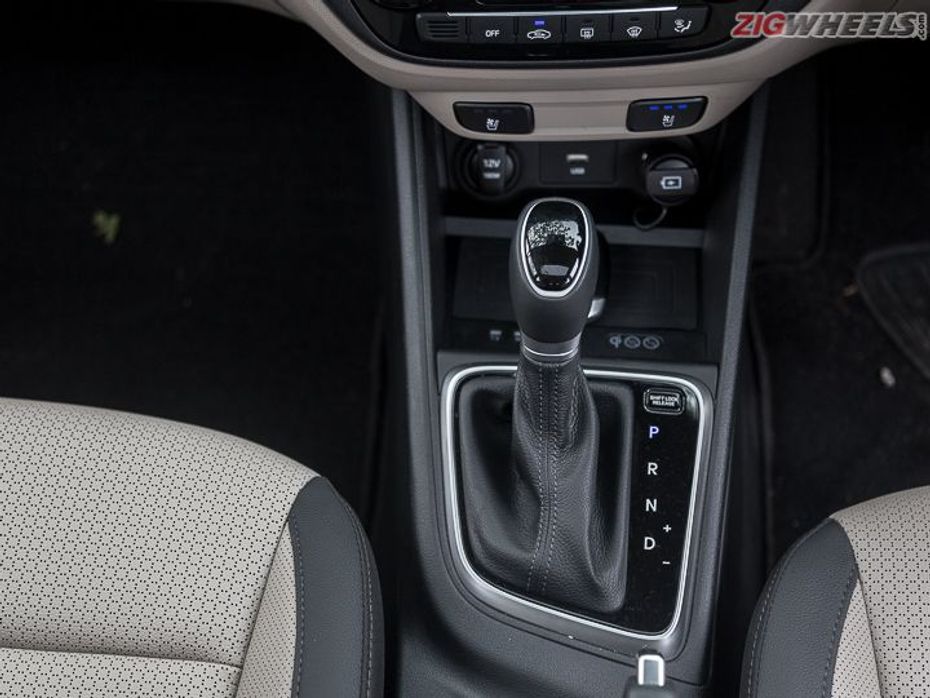
The 1-litre turbo-petrol returned 12.25kmpl within the city and 18.04kmpl on the highway. Unfortunately, we couldn’t test the 1.5-litre NA engine’s efficiency figures, but it delivers an ARAI-claimed 18.45kmpl. Also, considering this engine is paired with a CVT, it should theoretically be more frugal than the DCT. We shall update this space once we get our hands on the sedan, so keep following ZigWheels.
Price And Verdict
|
1.5-litre N.A Petrol CVT |
1-litre turbo-petrol DCT |
|
|
Ex-showroom Price |
Rs 12.28 lakh -SX, Rs 14.18 lakh - SX (O) |
Rs 14.23 lakh - SX (O) |
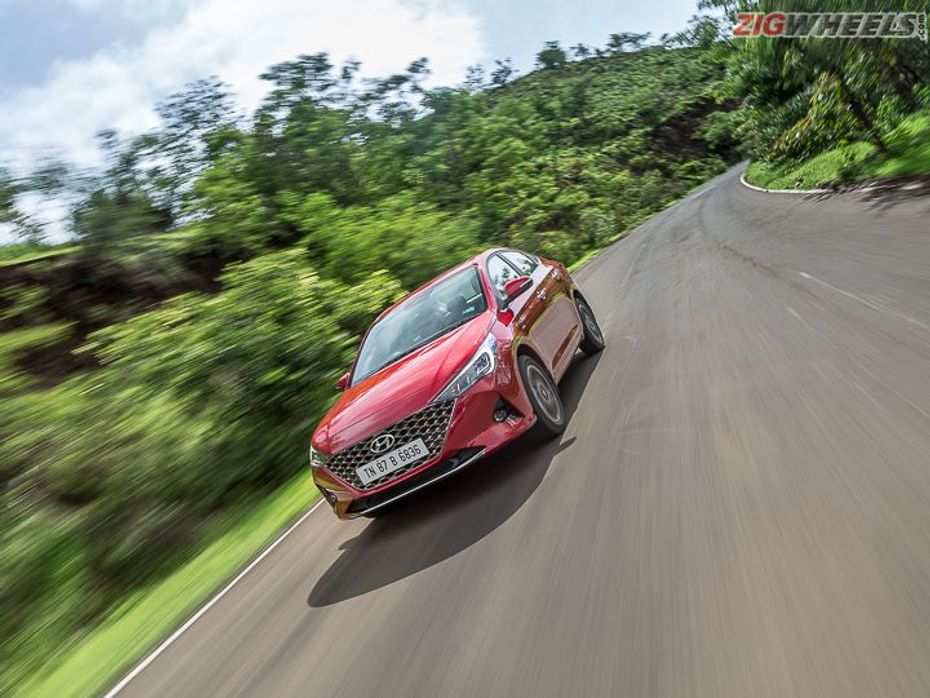
Let’s just put it this way; both petrol-automatic options have their strong points and are indeed closely matched. The 1-litre turbo-petrol DCT may have the edge in performance, but the 1.5-litre CVT may just make up for it in fuel efficiency (at least theoretically). Also, it has a more affordable entry-level variant, the SX, unlike the 1-litre turbo-petrol DCT that’s limited to the sole SX (O). Even when the two transmission options are compared in the same SX (O) trim, the CVT is the more affordable option by Rs 5,000.
All in all, if you’re willing to sacrifice a bit of performance for more frugality and affordability, the 1.5-litre petrol CVT is the ideal choice if you’re opting for the petrol-powered Verna.

Hyundai Verna Fares Miserably In Latin NCAP

Next-gen Hyundai Verna In The Works

Hyundai Verna Now With Segment-first Wireless Android Auto and Apple...

The 2020 Hyundai Verna Is Officially Here

2020 Hyundai Verna Facelift ARAI Claimed Fuel Efficiency Figures...

Here’s The Recently Unveiled 2020 Hyundai Verna In 7 Images

Hyundai Just Revealed The Prices And All Other Details Of The 2020...

BREAKING: 2020 Hyundai Verna, Facelifted Tucson Launch Delayed Due To...
 Hyundai Aura
Hyundai Aura
 Volkswagen Virtus
Volkswagen Virtus
 Maruti Ciaz
Maruti Ciaz
 Skoda Slavia
Skoda Slavia
India's largest automotive community
 Here Are Some Adrenaline Pumping Experiences From Auto Expo 2025 That You Should Not Miss!
Here Are Some Adrenaline Pumping Experiences From Auto Expo 2025 That You Should Not Miss!
 All You Need To Know About The Surprise Element At Auto Expo 2025: BMW iX1 LWB
All You Need To Know About The Surprise Element At Auto Expo 2025: BMW iX1 LWB
 Hyundai Creta Electric Reaches Dealerships, Here’s A List Of Its Pros And Cons Before You Check It Out!
Hyundai Creta Electric Reaches Dealerships, Here’s A List Of Its Pros And Cons Before You Check It Out!
 MG Showcases A PHEV At Auto Expo 2025: The MG HS PHEV
MG Showcases A PHEV At Auto Expo 2025: The MG HS PHEV
 Hyundai Creta
Rs. 11.10 Lakh
Hyundai Creta
Rs. 11.10 Lakh
 Hyundai Venue
Rs. 7.94 Lakh
Hyundai Venue
Rs. 7.94 Lakh
 Hyundai Verna
Rs. 11.07 Lakh
Hyundai Verna
Rs. 11.07 Lakh
 Hyundai i20
Rs. 7.04 Lakh
Hyundai i20
Rs. 7.04 Lakh
 Hyundai Creta Electric
Rs. 17.99 Lakh
Hyundai Creta Electric
Rs. 17.99 Lakh
 Maruti Dzire
Rs. 6.79 Lakh
Maruti Dzire
Rs. 6.79 Lakh
 Hyundai Verna
Rs. 11.07 Lakh
Hyundai Verna
Rs. 11.07 Lakh
 Toyota Camry
Rs. 48.00 Lakh
Toyota Camry
Rs. 48.00 Lakh
 Honda Amaze
Rs. 7.99 Lakh
Honda Amaze
Rs. 7.99 Lakh
 Hyundai Aura
Rs. 6.54 Lakh
Hyundai Aura
Rs. 6.54 Lakh